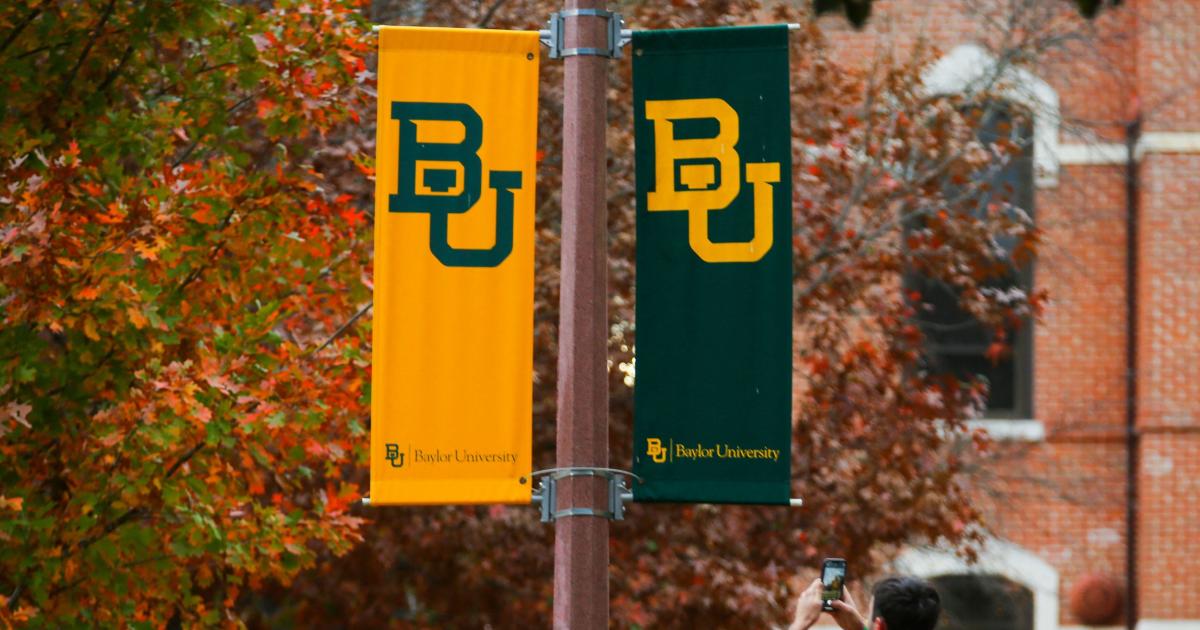Americans think they pay too much in taxes. Here's who pays the most and least to the IRS.
Most Americans think they pay too much in federal income taxes, and about 6 in 10 mistakenly believe middle-income households shoulder the highest tax burden.
In fact, only about 18% of adults correctly identified the group facing the highest federal tax burden, which are high-income Americans, according to a January poll from AP-NORC.
With less than one week left to file tax returns for 2023, taxes are on the mind of millions of Americans, with many expecting refunds, and others owing money. Only about 27% of taxpayers believe their federal income taxes are fair, with 60% believing their burden is too high, AP-NORC found.
In fact, the U.S. tax system is designed to be progressive, meaning that lower-income Americans pay a smaller share of their income in federal taxes than high-income workers, noted Alex Muresianu, senior policy analyst at the Tax Foundation, a think tank focused on tax issues.
"Raising another dollar from someone who is higher income is not going to be as much of a burden to them as raising another dollar from someone who is lower income," he said.
At the same time, there's a push from some lawmakers and policy experts to boost tax rates for the rich, with President Joe Biden proposing to reverse a rate cut on the nation's top earners that was part of the 2017 Tax Cuts & Jobs Act. Under Biden's proposal, the top marginal rate would return to 39.6% from its current level of 37%.
In 2021 (the most recent data available), the typical earner paid $14,279 in federal income taxes, with an average tax rate of 14.9%, according to a recent Tax Foundation analysis of IRS data. Federal taxes don't include the payroll tax that covers Social Security and Medicare.
But it's the top 50% of earners who contribute almost all of the nation's federal taxes — nearly 98%. The bottom 50%, who individually make below $46,637 annually, account for about 2.3% of the country's tax receipts.
Of course, this excludes the impact of other taxes that aren't as progressive, such as state and local sales taxes, which are levied at the same rate on every consumer, regardless of their income level. That means low-income Americans pay a bigger share of their earnings toward sales taxes than higher-earning people.
The top 10%, with incomes of at least $169,800, pay about three-quarters of the nation's tax bill, the analysis found.
Although most Americans believe the middle class bears the heaviest tax burden, it's actually the top 1% who pay the highest federal tax rate, at 25.9%, the Tax Foundation analysis found.
But the average tax rate paid by the top 1% has declined in recent decades, according to the Tax Foundation analysis. For instance, in 2001, the nation's top earners had an effective tax rate of 27.6% — almost two percentage points higher than their current rate.
The analysis also found that the top 0.1% of earners, with at least $3.8 million in annual income, pay an effective federal tax rate of 25.7%, which is a hair lower than the 25.9% tax rate for the top 1%.
Ultra-wealthy households often have access to tax loopholes and write-offs that aren't available to salaried workers who receive W2s, and much of their income can also stem from capital gains, which has a lower tax rate than earned income.
About 6 in 10 Americans said they were bothered by the feeling that corporations and the rich aren't paying their fair share in taxes, Pew Research found last year. That may explain why about two-thirds of those polled said they support higher taxes on the rich.



